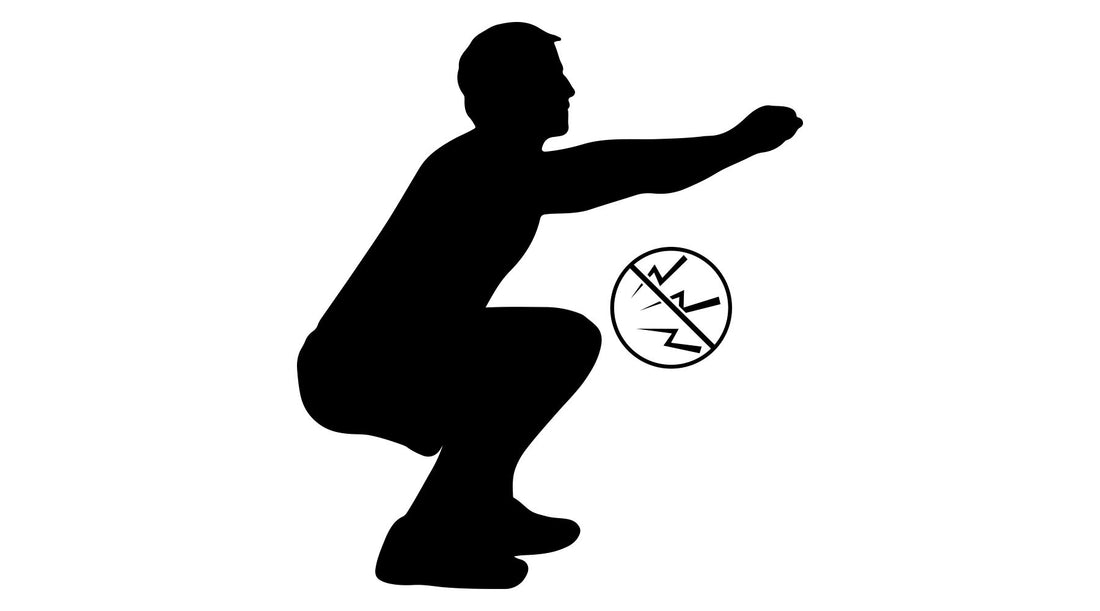
The Benefits of Heavy Backsquats for Joint Health: A Comprehensive Guide
Share
When it comes to building strength and improving overall fitness, few exercises can match the effectiveness and versatility of heavy backsquats. While many individuals associate squats with developing strong and powerful leg muscles, the benefits of this compound movement extend far beyond aesthetics. In fact, heavy backsquats can play a crucial role in promoting optimal joint health. In this article, we will explore the numerous reasons why heavy backsquats are beneficial for your joints, supported by scientific evidence.
- Enhanced Stability and Joint Integrity:
Heavy backsquats are renowned for their ability to increase joint stability, particularly in the knees, hips, and ankles. The movement engages multiple muscle groups, including quadriceps, hamstrings, glutes, and core muscles, which work together to support and protect the joints. As a result, backsquats promote improved joint integrity, reducing the risk of injuries during other physical activities.
- Strengthening of Supporting Muscles:
The muscles surrounding the joints play a vital role in their stability and protection. By performing heavy backsquats, you engage and strengthen the muscles around the knee, hip, and ankle joints. This added strength helps to alleviate stress from the joints during everyday movements, sports activities, and weightlifting exercises, decreasing the likelihood of joint-related injuries.
- Increased Bone Density:
Weight-bearing exercises, such as heavy backsquats, have been proven to stimulate bone growth and increase bone density. Regularly exposing your joints to heavy loads through squatting can contribute to stronger bones, reducing the risk of osteoporosis and other degenerative bone conditions. Strengthening your joints from the inside out is a crucial step toward ensuring their long-term health and functionality.
- Improved Joint Lubrication:
As you perform heavy backsquats, the range of motion required for the exercise facilitates the release of synovial fluid within the joints. This fluid acts as a natural lubricant, reducing friction between the joint surfaces and promoting smooth movement. By regularly performing deep squats, you can enhance joint lubrication and reduce the risk of joint-related pain and stiffness.
- Injury Prevention and Rehabilitation:
Heavy backsquats are often included in injury prevention and rehabilitation programs for various joint-related conditions. By targeting the muscles surrounding the affected joints, backsquats help to stabilize and strengthen those areas, promoting a faster recovery and reducing the likelihood of future injuries. However, it's important to consult with a healthcare professional or physical therapist before incorporating squats into a rehabilitation routine.
Conclusion:
The benefits of heavy backsquats extend well beyond building muscular strength and power. When performed correctly and under appropriate guidance, this exercise can significantly contribute to the health and longevity of your joints. From enhanced joint stability and integrity to increased bone density and improved joint lubrication, backsquats offer a holistic approach to joint health. Incorporate heavy backsquats into your fitness regimen to reap the rewards of stronger, more resilient joints, and experience the positive impact on your overall well-being.
Remember, proper form, adequate warm-up, and gradual progression in weights are essential to reap the full benefits of heavy backsquats. As always, it's advisable to consult with a qualified fitness professional to ensure safe and effective implementation of squats into your exercise routine.

